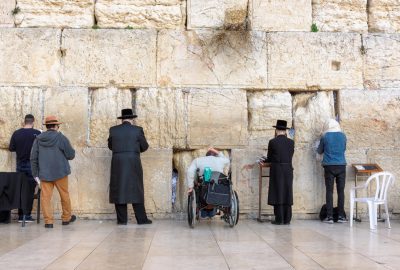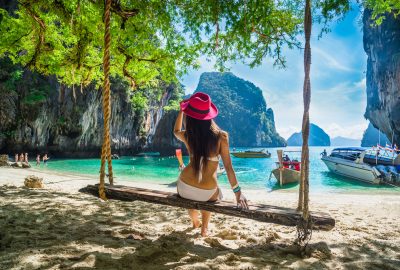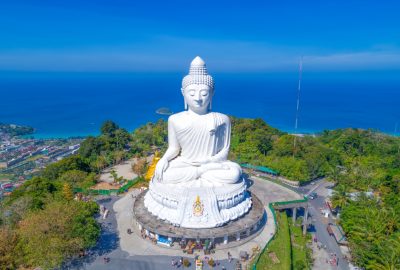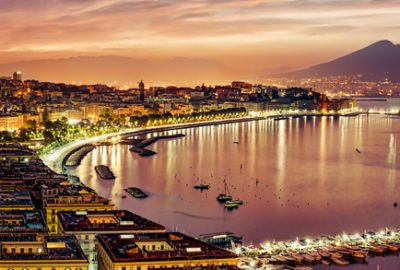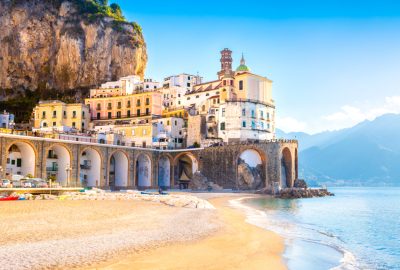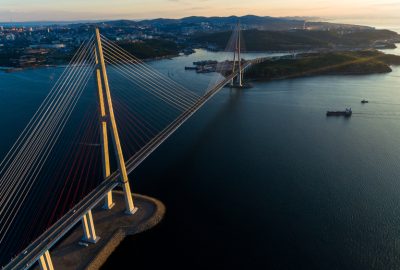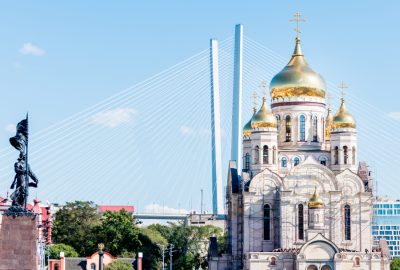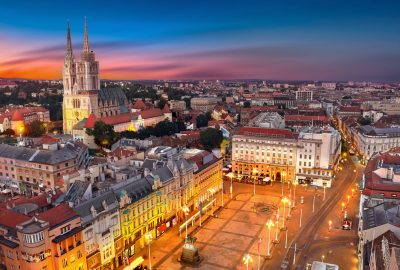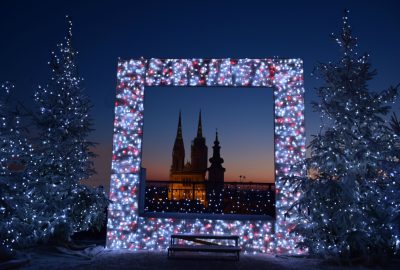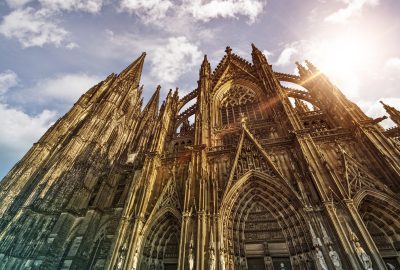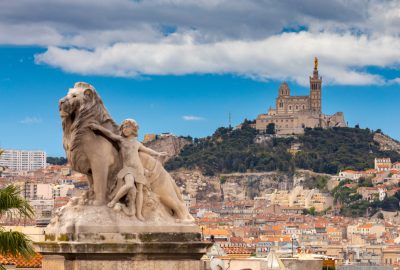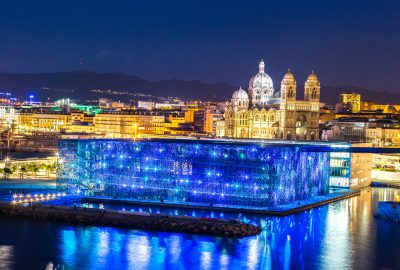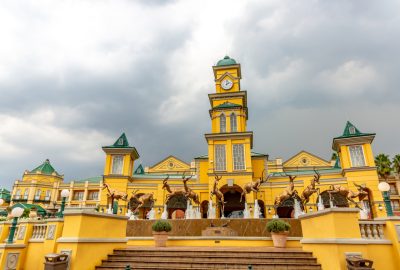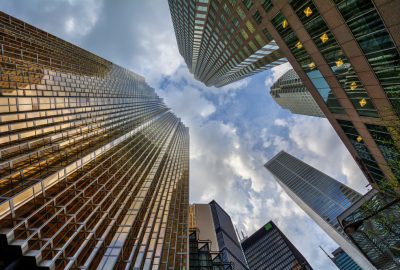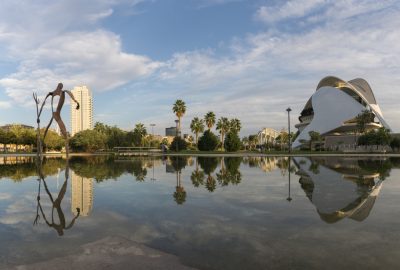Leuven (Louvain in French) is an amazing city, especially if you’re a student. It’s a very cool place to live, with a charming historical centre an not overly touristy as for instance Bruges. It’s only 15 miles by train from Brussels. You’d think that’s almost a suburb, but it has its unique personality. There isn’t much to do here outside of student life. It’s been a university city since 1425. There are a lot of young people of various nationalities. Leuven is an excellent example of how the Erasmus exchange program should function. All this energy contrasting with cobblestone streets and old bricks is very heart-warming. You’ll feel it while around the squares of Leuven. The Grand Square or the Great Market is a large open plaza situated between two smaller ones. It’s the oldest part of the city; it was there in the 14th century when the University of Leuven was established. This is where you’ll find some of the most important landmarks. The first time I came across the Town Hall I thought it was church. It looks like a gorgeous gothic cathedral, at least from afar, with all those spires, characteristic windows, and ornaments. The Church of St. Peters stands vis-à-vis the Town Hall. Rumour has it that it’s not very spikey, because there already were too many spires in Leuven. What it lacks in spikiness it makes up in length being almost 100m long.
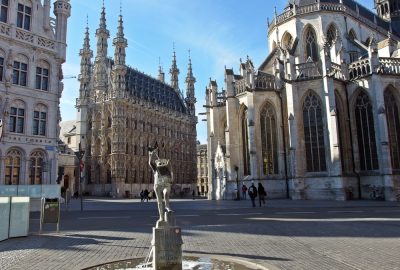
The elongated, rectangular Old Market Square in the center of Leuven, near the Grote Markt; due to the many cafes and pubs here it's often jokingly called the longest bar in the world
One of the neighbouring squares is called the Oude Markt (Old Market). It’s a well-known student hangout and venue for events and concerts. Regulars like to invoke the nickname: “The Longest Bar in Europe”. It’s long, but it’s not really one bar; more like a successive line of pubs and cafes. Leuven can get a little desolate during summer break when all the students leave to visit their families. The city can also seem like an aftermath of a zombie apocalypse between 18:00 and 21:00. Many establishments close during that time and open up later for the evening party people. You can spend your time in all sorts of ways during those 3 hour-long pauses. You can relax in one of Leuven’s many parks. I absolutely adore the local botanical garden, it’s a bit of a hidden gem. It’s a gorgeous, peaceful sanctuary right there, in the middle of a loud city. Students and scholars used to grow medicinal plants here back in the 18th century. In those days substances had to be grown instead of getting synthesized in a lab. The Stella Artois Brewery is another way to spend some free time. They keep it open for tours; you just need to reserve one in advance. I’m not going to lie; it’s not my favourite brew. I think it’s an example of what happens to a solid beer when it goes global. They somehow became the largest brewing company in the world owning over 630 brands. They’re probably involved in the beer you’re having right now. Alternatively, you could check the university out. Rent a bicycle if you didn’t bring your own. Embrace the bicycle culture this country and its Northern neighbour the Netherlands are famous for.

Arenberg Castle, surrounded by a park, built in the 12th century, is located in the Leuven district Heverlee; in 1921 the building was sold to the university
The Catholic University of Leuven is one of the oldest in Europe. It’s also consistently in the top 100 best in the world. It wasn’t even “Catholic” when it was founded in 1425. KU became KU when it re-launched in 1843 with the support of Belgian bishops. Truth is, it’s just a name. People don’t get excluded from lectures if they’re nonbelievers. Groot Begijnhof is a remainder of the proper Catholic times. It’s a beguine: an enclave for religious women. Almost like living as nuns but without taking any vows. They wanted to be a part of the community, but they also wanted to be left alone on their secluded island. It’s situated between two charming canals and a very cool place with a medieval feel to it with all the bricks and cobblestone. You could probably rent an Air BnB there, as it’s currently used as a campus and quarters for academics. Arenberg Casle (Kasteel van Arenberg) is also part of the campus. It’s more of a huge mansion than a castle. Lords of Heverlee got themselves into a bit of a financial pickle and sold the property. It changed owners over the years and transformed from a proper castle into this château situation. It is now part of the University, but you can visit and explore most of it. I couldn’t help it but I got Bly Manor and Secret Garden flashbacks.


